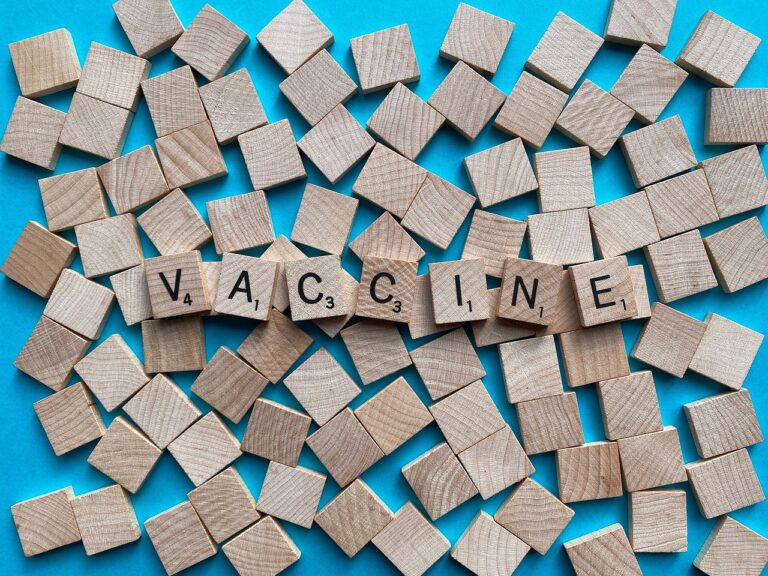Strategies for Promoting Healthy Lifestyles in Schools
A clean and well-maintained physical environment is essential for creating a healthy and conducive setting for learning. Schools should prioritize regular cleaning schedules, proper ventilation, and adequate lighting to promote a safe and comfortable atmosphere for students and staff alike.
In addition to physical infrastructure, fostering a positive social environment plays a crucial role in promoting overall well-being within schools. Encouraging positive relationships, respect, and open communication among students, teachers, and staff members can contribute significantly to a supportive and inclusive school culture.
The Importance of Physical Education and Physical Activity
Physical education and regular physical activity play a crucial role in promoting overall health and well-being among students. Engaging in physical exercise not only improves physical fitness but also enhances mental clarity and academic performance. It helps in developing essential skills such as teamwork, leadership, and discipline, which are valuable both in and out of the classroom.
Incorporating physical education into the school curriculum encourages students to adopt a lifelong habit of staying active and prioritizing their health. By participating in various physical activities, students learn the importance of setting goals, pushing their limits, and persevering through challenges. This not only fosters a sense of accomplishment but also boosts self-confidence and resilience, qualities that are beneficial in all facets of life.
Nutrition Education and Healthy Eating Habits
Ensuring that students have access to nutrition education plays a crucial role in fostering healthy eating habits. By providing them with the knowledge and skills to make informed choices about their diets, schools can empower students to prioritize their health and well-being. From teaching the importance of balanced meals to discussing the benefits of incorporating fruits and vegetables into their daily intake, nutrition education equips students with the tools they need to lead a healthy lifestyle.
Incorporating healthy eating habits into school environments can have a positive impact on students’ overall health and academic performance. When students are taught to make nutritious choices, they are more likely to experience increased energy levels, improved concentration, and better mental clarity. By creating a culture that values and promotes healthy eating, schools can contribute to the long-term well-being of their students and help them establish habits that will benefit them throughout their lives.
• Teaching the importance of balanced meals
• Discussing the benefits of fruits and vegetables
• Empowering students to prioritize their health
• Providing knowledge and skills for informed choices
Incorporating healthy eating habits into school environments:
• Positive impact on overall health and academic performance
• Increased energy levels, improved concentration, better mental clarity
• Creating a culture that values and promotes healthy eating
• Contributing to long-term well-being and establishing beneficial habits
Why is nutrition education important in promoting healthy eating habits?
Nutrition education helps individuals understand the importance of consuming a balanced diet and making informed food choices for overall health and well-being.
How can schools promote healthy eating habits among students?
Schools can promote healthy eating habits by offering nutritious meal options, providing nutrition education, and creating a supportive environment that encourages healthy food choices.
What role does physical education play in promoting healthy eating habits?
Physical education helps individuals understand the importance of physical activity in maintaining a healthy lifestyle, which complements the benefits of a nutritious diet.
How can parents support nutrition education and healthy eating habits at home?
Parents can support nutrition education and healthy eating habits at home by modeling healthy eating behaviors, involving children in meal planning and preparation, and providing a variety of nutritious food options.
What are some key components of a healthy school environment that support nutrition education and healthy eating habits?
Key components of a healthy school environment include access to nutritious meals, nutrition education curriculum, physical activity opportunities, and supportive policies that promote healthy eating habits.







